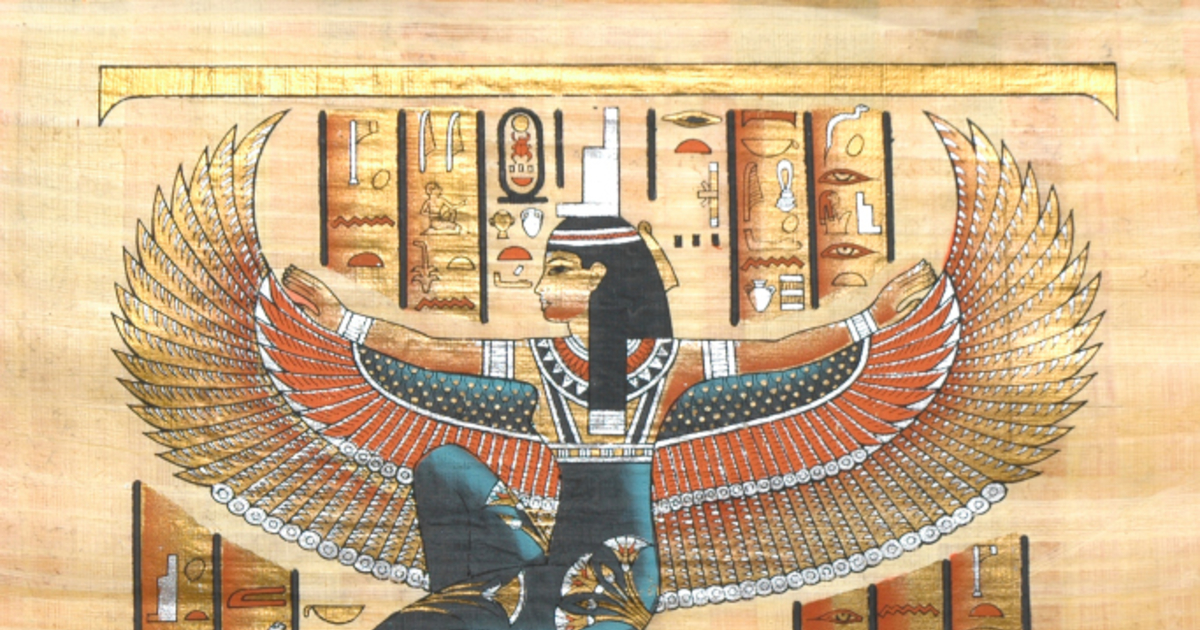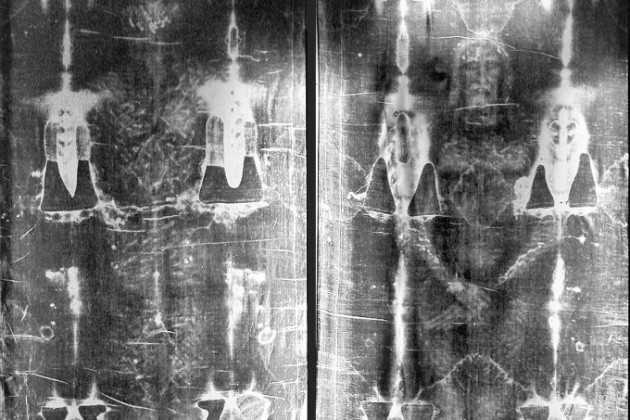Traversing the the hard work of historians and archaeologists from over the centuries, the enchanting realm of history is replete with mysteries, conundrums and perplexities. And, within such a vast ambit of the proverbial ‘rabbit hole’, there are a few objects that still manage to baffle experts in spite of their extant nature. Ranging from fascinating artifacts, odd mechanisms to plainly weird thingamabobs – let us check out ten of such enigmatic objects that puzzle and perplex us; sometimes from the perspective of their origin, and sometimes pertaining to their purpose.
1) Antikythera Mechanism –
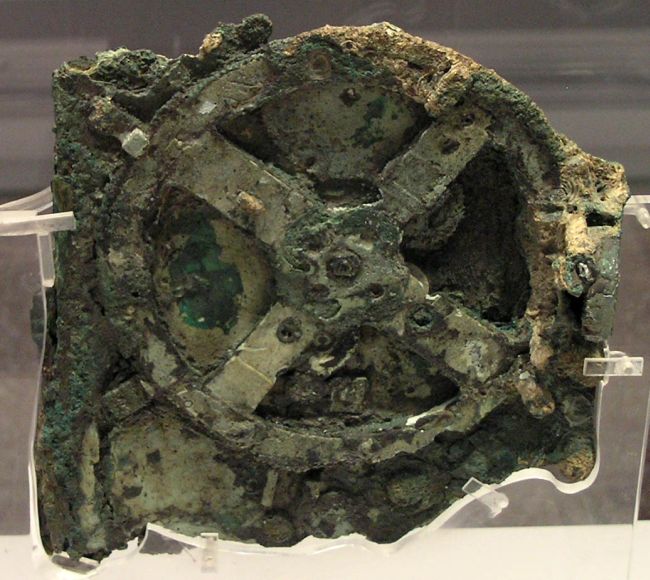
A few days ago, we provided a detailed overview of the Antikythera, a historic site (south of Greece) which probably boasts of the world’s largest ancient shipwreck. The Antikythera mechanism was salvaged from this particular underwater location in 1900, and since then the proverbial ‘contraption’ has astonished archaeologists and scientists alike, by virtue of not only its evolved workmanship but also its advanced purpose. To that end, the mechanism is often stated as the world’s oldest gear ‘machine’, and is also called the world’s oldest analog computer – crafted to detect (or predict) various complex astronomical observances (including eclipses).
Oddly enough, in spite of such praises and hyperbolic statements, historians have still not been able to find out much about the creator of this state-of-the-art mechanism. The only substantiated factors are that the machine was made by Greek astronomers, and it was built around the period of late 3rd century BC. As for the exact source of the enviable craftsmanship, there are several conjectures including the most recent hypothesis from ‘The Antikythera Mechanism Research Project‘ that proposes that the device was contrived in one of the colonies of Corinth (which can include Syracuse – the home of Archimedes). In fact, recent analysis has hinted that this contraption might have been the very same device that Roman general Marcellus took as a booty from Syracuse in 212 AD, thus alluding to Archimedes’ hand in its creation (check this post). Other inferences pertain to the mechanism’s origin in Pergamum (in present-day Turkey) or in Rhodes – with both locations being known for ancient accomplishments in the fields of science and astronomy.
2) Baghdad Battery –
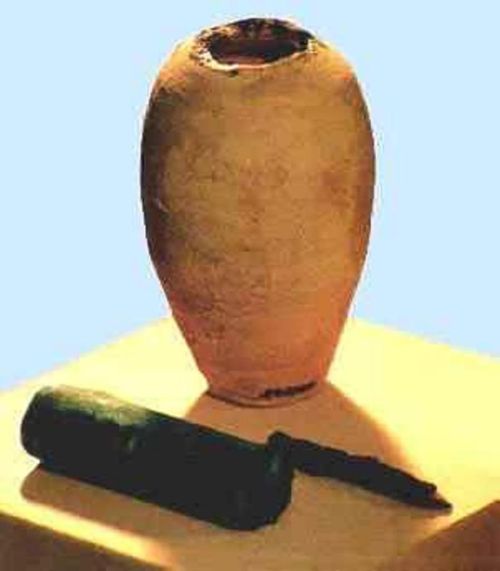
The name given to a collective group of around twelve artifacts found from Iraq, these pot-like objects are determined to be from the era of the Parthians and early Sassanians (250 BC to 225 AD). Now, according to pseudo-archaeology enthusiasts, the contraptions were actually galvanic cells, and were used for electroplating gold onto surfaces made of other metals (namely silver). If this hypothesis is presumed to be correct, then the Baghdad Batteries would predate Volta’s electrochemical cell by more than 1,500 years!
Of course, most mainstream archaeologists and historians tend to dismiss such ‘sensational’ claims. But there are still conflicting theories among themselves about the dating of the artifacts. For example, Dr. St John Simpson from the department of the ancient Near East at the British Museum, believe that the objects might have come from later Sassanian period, and they were actually scientific in nature with capacity to conduct electricity. Contrastingly, others have noted their similarity to conventional storage vessels from the era. And lastly, adding a dash of hullabaloo to the controversial topic, Discovery Channel demonstrated that these ‘jars’ could have been used as batteries to electroplate at least small items.
3) Goddard Coin (or the Maine Penny) –
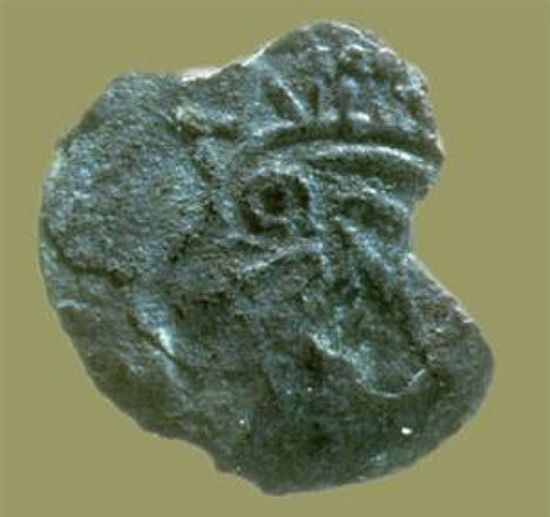
In one of our previous posts we talked about how the Vikings had discovered the continent of North America at least 500 years before Christopher Columbus. However from an archaeological perspective, their settlements have only been found along the Newfoundland area. But in an interesting turn of events, an amateur archaeologist Guy Mellgren found the so-named Goddard Coin from a southern area which used to be an old Native American settlement at Naskeag Point, Brooklin, Maine. The coin was identified by experts as belonging to the period of one Norwegian Viking king named Olav Kyrre, who reigned from 1067-1093 AD.
So, this brings us to the question – did the Vikings travel further south into what is now proper United States? This is a claim which is not yet substantiated by proper archaeological evidences. In fact, the lack of evidences has led the American Numismatic Society to label the Goddard Coin as most ‘probably’ a hoax, with Mellgren possibly planting the evidence in the site. However, the Maine State Museum has taken a different stance with their hypothetical assessment that the native acquired the coins from the Newfoundland Vikings – which in turn pertains to their associative trade links over long distances of North America.
4) Iron pillar of Delhi –
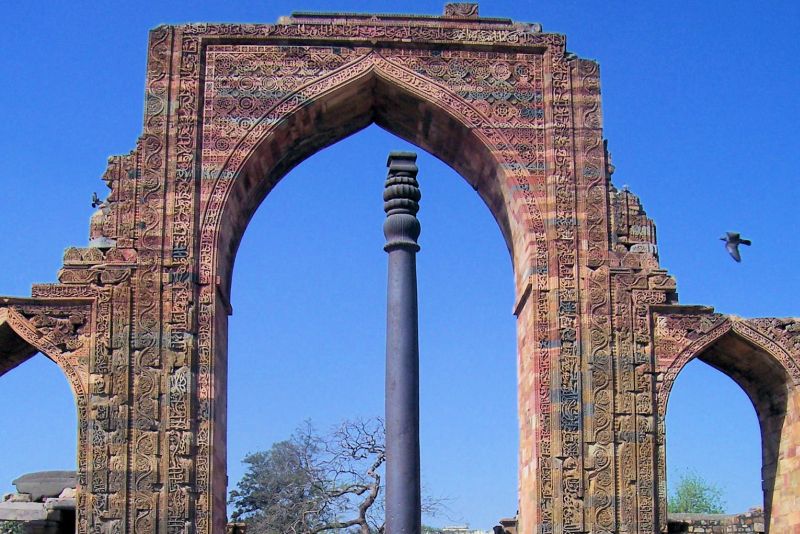
Indian metallurgical skills had been long valued during the ancient and medieval times, so much so that many Islamic factions imported Indian-made weaponry in spite of the famed Damascus steel (many researchers have even put forth their theory that the manufacturing of Damascus steel was probably inspired by ‘wootz steel’ from the Indian subcontinent). A physical testament to such skills is perhaps demonstrated by the 1,600 years old Iron pillar of Delhi, which is notable for its impressive rust-resistant quality that is presumably derived from the structure’s advanced metallic composition.
Estimated to be built during the rule of Chandragupta II (also known as Vikramaditya), the free-standing column rises to about 22 ft, and is currently erected inside the Qutb complex in Delhi (it was most probably brought as a trophy from its original location – the Udaygiri caves in Madhya Pradesh, central India). As for its advanced scope, most experts believe the pillar was constructed by forge welding pieces of high-quality wrought iron. The anti-corrosive nature of the ancient pillar is a result of a passive protective film that coats the iron-rust interface. This mitigating layer in turn was derived from mostly the high-content of phosphorus in the metal, along with usage of second-phase particles like unreduced iron oxides. In any case, the Iron Pillar still remains a rare specimen representing the progressive levels of ancient engineering aptitude; and it continues to puzzle historians, given the lack of proper replications in other parts of India (or even Asia).
5) Lake Winnipesaukee Mystery Stone –
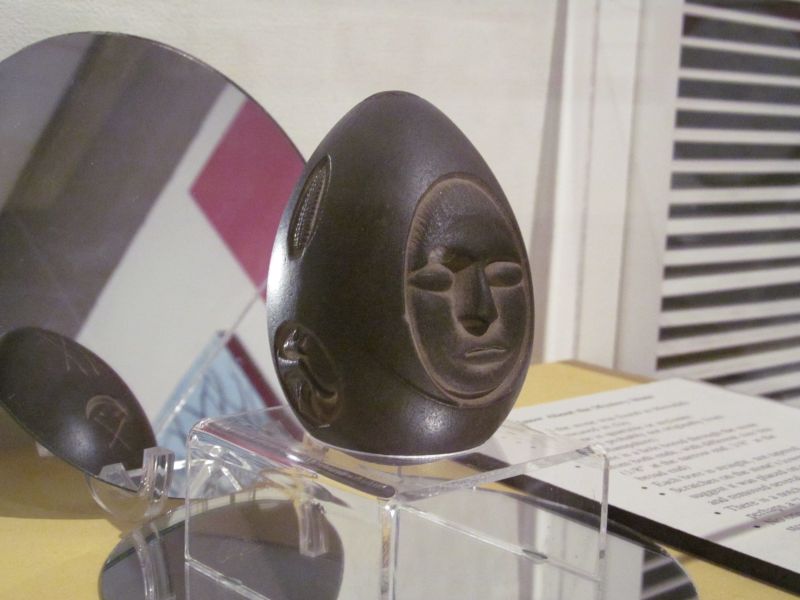
A dark-hued, egg-shaped stone was found in 1872, near Lake Winnipesaukee in New England; and it exhibits a variety of carvings ranging from a face, an ear of corn to star-like circles. The mysterious artifact was donated to the Museum of New Hampshire History in 1927, and it is still displayed there. Now, as for the purpose of the stone, there are a few deductions made by historians, with The American Naturalist’s conjecture pertaining to the view that the object was used as a commemoration piece for a peace treaty being agreed upon between two native tribes.
However, more than just the carvings, there is another cryptic angle to the whole affair, it relates to the two holes that were bored at the two ends of the stone. According to Richard Boisvert, a state archaeologist, these holes are impressively regular, thus hinting at the utilization of power tools rather than the rudimentary boring techniques used by Native Americans. He further added that there was every chance that these smooth holes were made during later part of the 19th century, which would entail tampering of the artifact. In any case, the stone itself was presumably crafted from quartzite, which is a derivative of sandstone or mylonite.
Originally posted 2016-02-26 04:28:19. Republished by Blog Post Promoter

